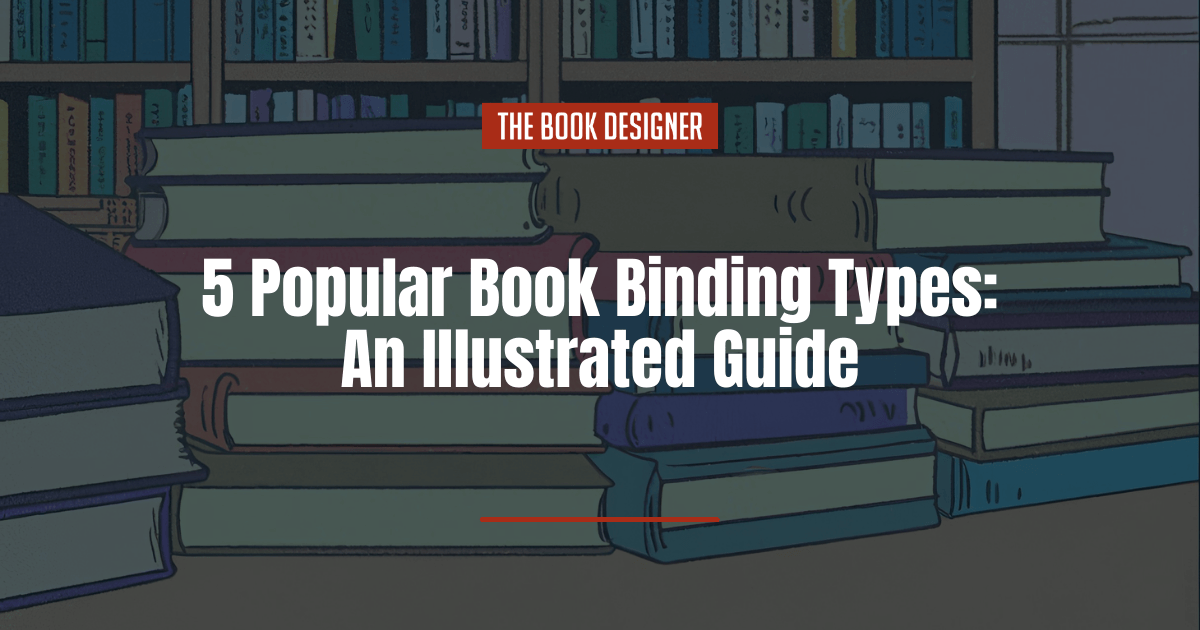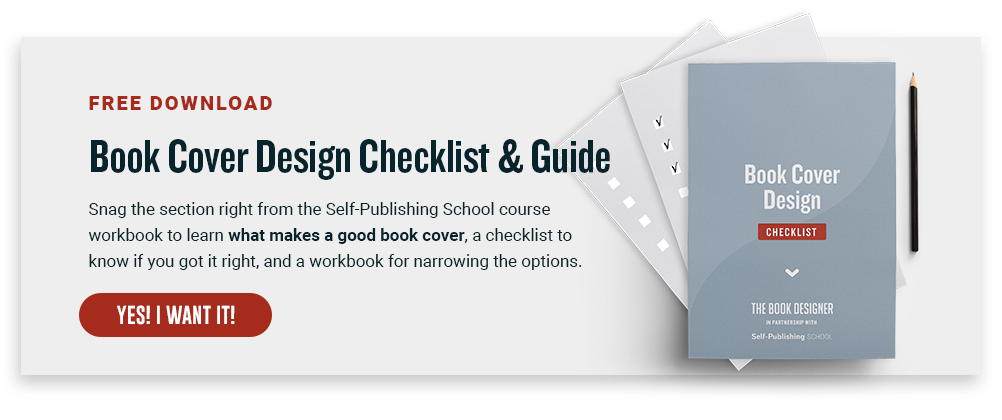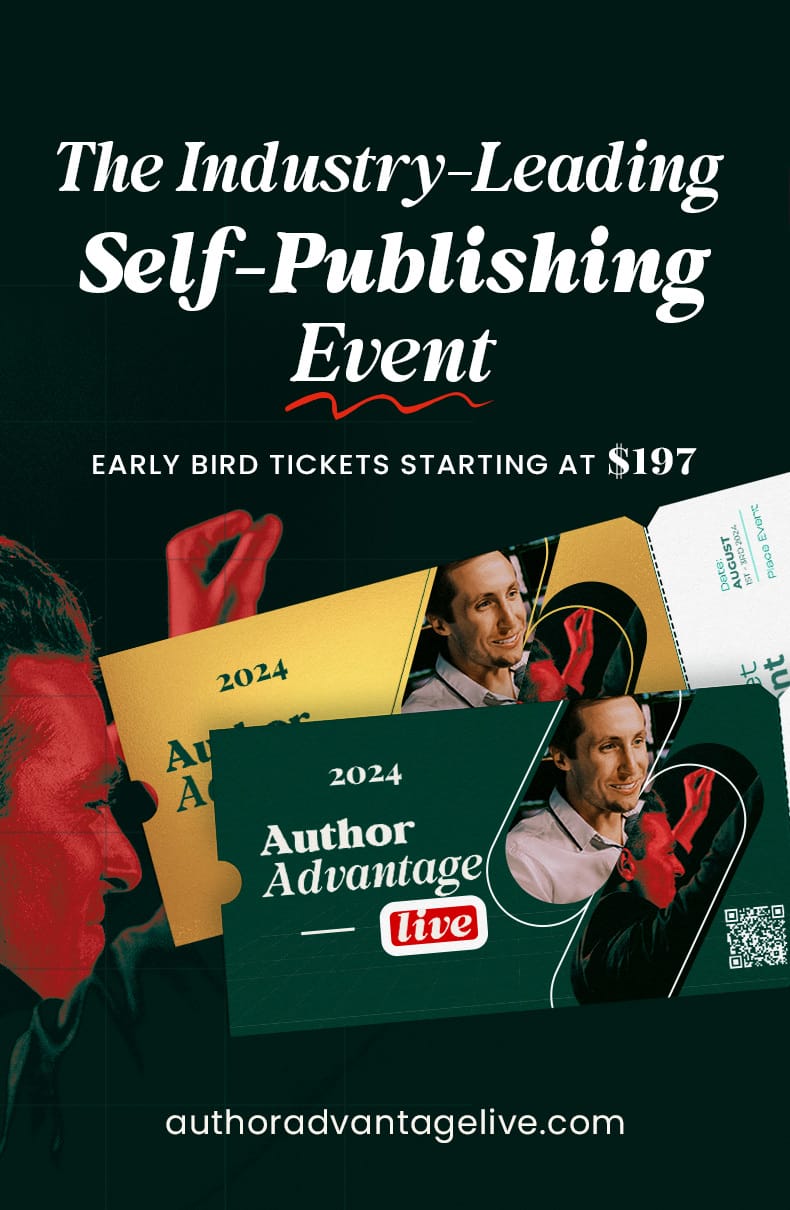One of the principal ways we differentiate different kinds of books is by the way they are bound. Books with covers made of flexible paper are called paperbacks or softcovers.
Books bound into stiff board covers are known as casebound or hardcovers.
But in fact, there are many more common book binding types and variations on these basics.
The overwhelming majority of print books sold in the United States are paperbacks of one kind or another. Virtually all the books produced by print-on-demand vendors, for instance, are trade paperbacks.
However, the trade paperback is not the beginning and the end of the kinds of books or other publications we can produce as self-publishers.
Knowing about different kinds of book binding types might just spark ideas for you about what you can do with your own books. Although there are quite a few ways to bind a book, here’s a guide to the 5 most common book binding types.
In exploring the different book binding types, we’ll look at:
5 Book Binding Types Illustrated
Most books are printed on large sheets of paper that are subsequently folded down to the final book size, at which point it forms one signature. The most typical sizes for a signature are 16 or in some cases 32 pages, 8 or 16 sheets printed on each side of the paper.
The process of creating the “map” of where each page goes on each sheet of paper is called the imposition process. So if you have a 160-page book, you will need 10 large sheets of paper which, when folded down, will form 10 signatures.
This is the essence of what makes a book—the gathering of sets of pages, which are then bound together in some manner.
How the signatures are bound and what kind of cover is used are the ways we differentiate book binding types.
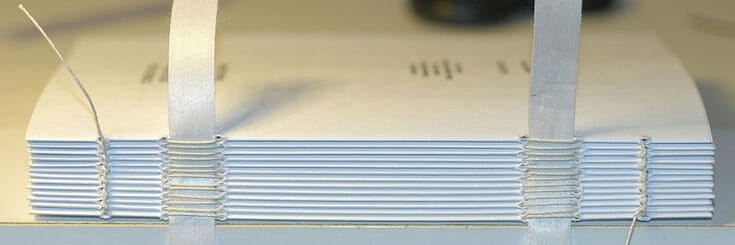
Saddle Stitched
This is the simplest of the book binding types, and the one used on magazines as well as booklets. The “stitch” refers to a staple, which is formed on the fly from a roll or spool of thin wire. Book interior pages are folded in the middle to make 4 pages, 2 on each side. Then the entire book, along with its cover, is stapled in the center fold.
A variation on this type of binding is the method used for composition books. In this case, the books are too thick to be stapled, so they are sewn instead through the center fold, and piece of cloth or paper is glued on to cover the spine.

Perfect Bound
The perfect binding process takes the gathered signatures together into a “book block.” The spine is ground off, leaving the edges of all the pages exposed. A cover is then glued onto the book block with flexible adhesive.
This is the most widely used type of book binding, and is used on almost all paperbacks and many hardcovers, too. The advantage of perfect binding is that it’s fast and low-cost.
The disadvantages of perfect binding are due to the kind of adhesive used. At one time, perfect bound books, if opened too far, would start to lose their pages, which would separate from the cover since there was very little glue holding them.
Some glues dried out over time, making the bindings too stiff to open or, if you did open them, they would simply crack.
Advances in adhesive technology seem to have solved many of these problems. I recently looked at some books using a newer adhesive called PUR that uses a chemical reaction with the paper to create an almost permanent, very thin, and flexible binding, and I plan to use this technology on a project I’ve got coming up.
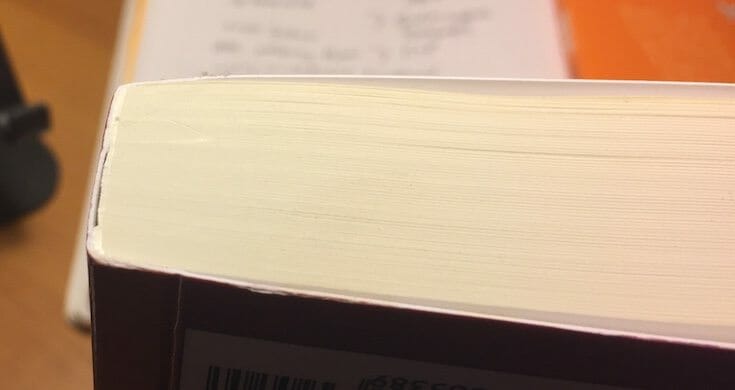
A variation on perfect binding is notch binding. In this style, the signatures remain intact, since the back is never ground off. Instead, notches are cut in the backs of the signatures and glue is applied to attach the cover. Keeping the integrity of the signatures makes this a robust type of book binding.
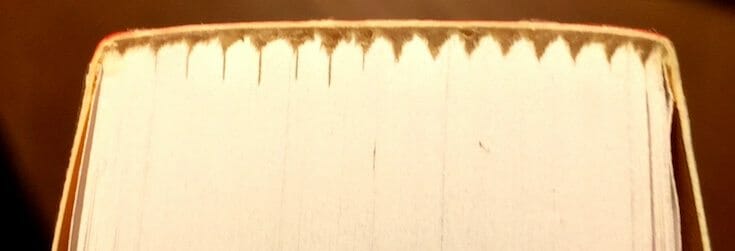
Smyth Sewn
To create a structurally strong book binding that will last as long as the book itself, Smyth sewing is a preferred method. Sewing the signatures together and gluing them to a strip of cloth before attaching a cover creates a strong binding in which each signature is still intact.
Smyth-sewn books often have headbands and footbands, small cloth strips at the top and bottom of the spine that are mostly decorative, hiding the edges of the binding.
You can use Smyth sewing to bind either hardcovers or paperbacks, but it’s most often used for casebound books.
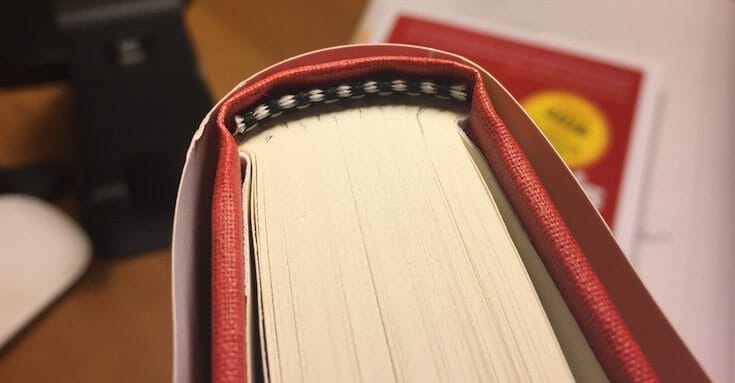
Lay-flat Binding
Perfect-bound books have square bindings, and one of the problems with this style is that the books usually will not lay flat when they are opened. This is problematic for books intended to be written in, like journals, or books you might want to leave open to refer to. You want those kinds of books to lay flat on your desk.
Various technologies have been developed to create a paperback that will lay flat, and they usually involve creating a “free-floating” spine that allows the pages to open independent of the cover, solving the problem.
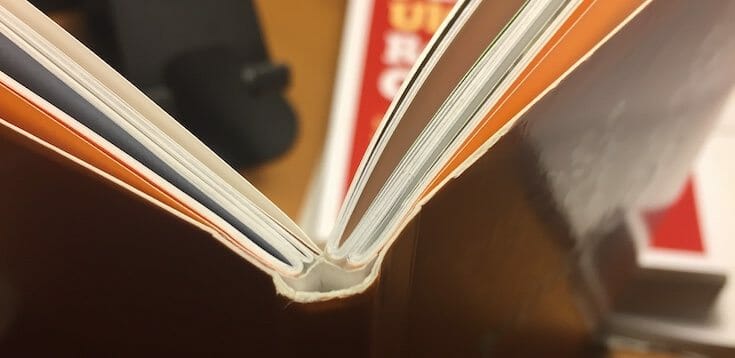
Punched and Bound (Spiral- and Comb-bound)
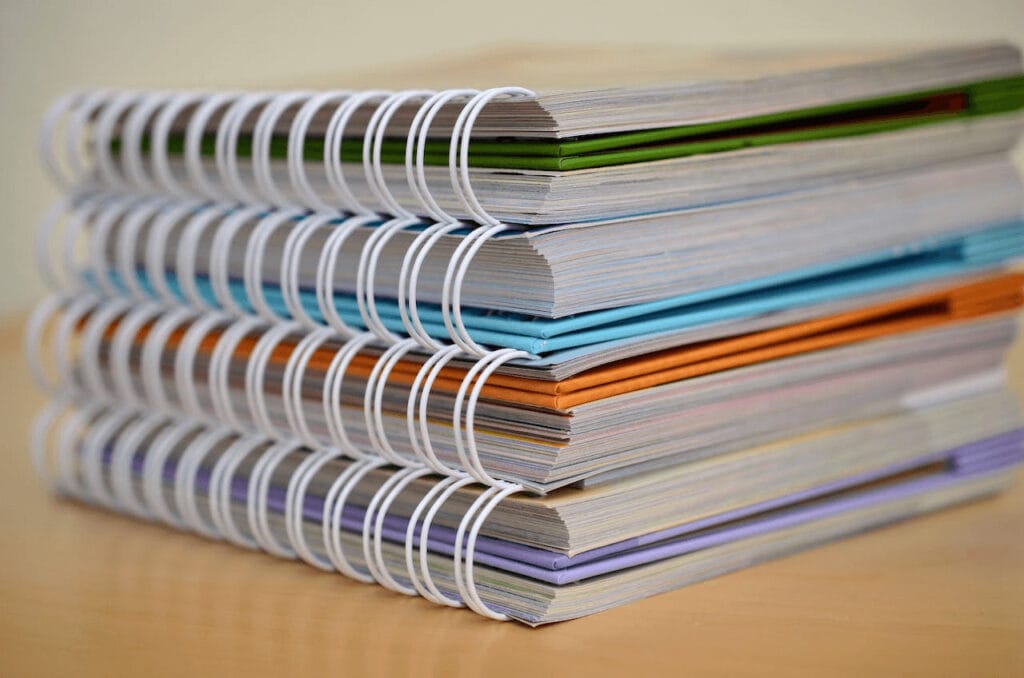
Sometimes your book needs a completely different kind of binding. For books that truly lay flat or that can be folded back on themselves, you can use a “punch and bind” style
For instance, school notebooks have holes punched down the side of the stacked pages, then a wire is spiraled through the holes, holding the pages together. That’s called a spiral-bound book.
Another similar book binding type is comb-bound books, and this style also allows you to add or remove pages. For comb-binding, the pages are stacked and punched with a rectangular hole down the side. Then a plastic “comb” is threaded into the holes.
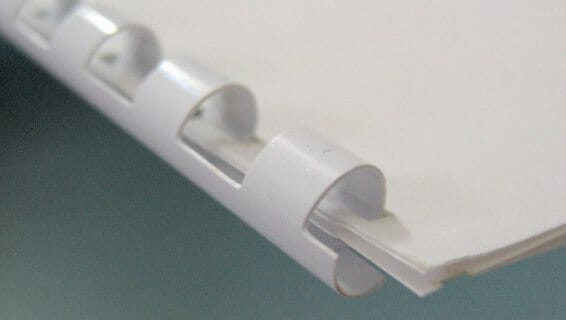
Comb-bound cookbooks are popular because you can open them to a specific page and know that the book will stay open there while you go about whatever else you’re doing.
This is just a peek into the world of different book binding types. Books with special purposes often demand special production, and that’s when these binding styles can come in handy. If you’re curious about the additional cost, or the benefits and drawbacks of various kinds of bindings, ask your printer’s customer service rep.


